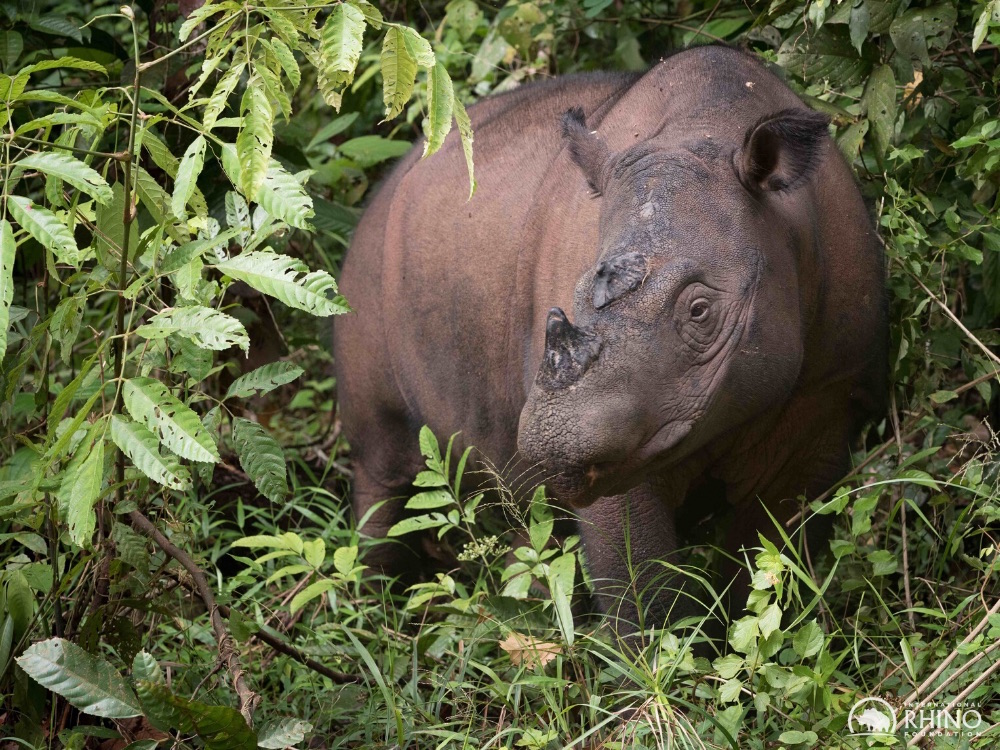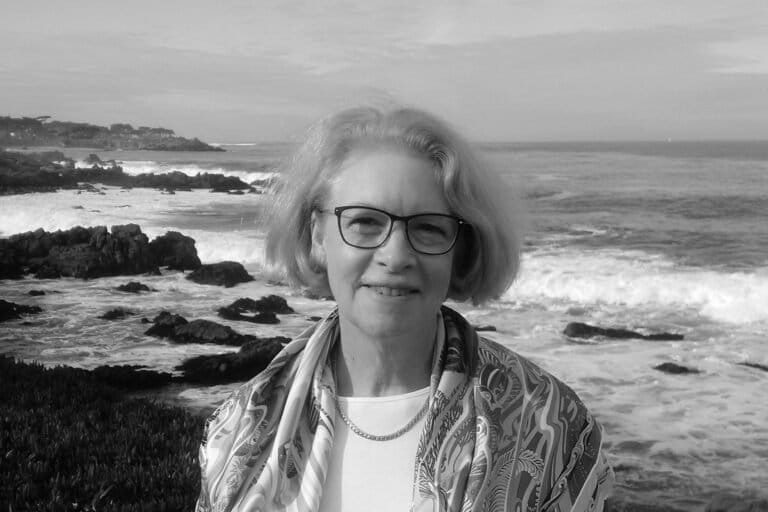- Indonesia is experiencing its worst annual fire season since 2015, with the cross-border spread of haze once again threatening to spark a diplomatic row with neighbors Malaysia and Singapore.
- The government has acknowledged that measures adopted in the wake of the 2015 fires to prevent a repeat of that disaster may have fallen short, including efforts to restore drained peatlands and drill wells to provide water for firefighters.
- President Joko Widodo, scheduled to visit Malaysia and Singapore later this week, says he feels embarrassed by the return of the fires and haze, and has ordered the firing of officials found to have failed to tackle the problem.
- At the local level, however, governors of the affected provinces appear to be taking the matter lightly: saying the haze isn’t at a worrying level, offering a reward for shamans who can summon rain, and proposing questionable theories about the causes of the fires.
Three years after forest fires in Indonesia sent huge volumes of smoke billowing into Malaysia and Singapore, the Southeast Asian neighbors are dealing with a repeat of the “embarrassing” transboundary haze problem.
This year’s dry season is expected to be particularly harsh, after a relatively mild interlude since the 2015 fires and haze, due to an El Niño pattern. Indonesia has seen a surge in fires, with 42,740 hectares (105,600 acres) of land burned across the country — double the amount of land burned at this same point last year, and spanning an area two-thirds the size of Singapore.
The worst of the fires are in Riau province, on the island of Sumatra, which is experiencing its second dry season of the year. The fires there have razed 27,683 hectares (68,400 acres) since the start of the year, according to data from the Ministry of Environment and Forestry Ministry. The Peatland Restoration Agency (BRG), established by Indonesia’s president in the wake of the 2015 fires to prevent the burning of peat forests, says there are indications the fires this year have been set by commercial concession holders rather than smallholder farmers, given their scale and spread.
The resulting haze from the fires has for several days now blanketed large swaths of Riau, including its capital, Pekanbaru. Winds have also spread some of the haze across the Malacca Strait to Malaysia.
Affected regions there include Kuala Lumpur, Selangor, Putrajaya, Negri Sembilan and Penang, according to the Malaysian Meteorological Department (MetMalaysia).
“The haze is caused by a moderate amount of smog moving from hotspots in the central and southern parts of Sumatra due to the Southwest Monsoon winds,” MetMalaysia director-general Jailan Simon said as quoted by The Star newspaper.
He said Malaysians would continue to suffer from haze “as long as there are hotspots in Sumatra” due to wind patterns.
Singapore is also bracing for haze in the coming days, and has begun issuing its first daily haze advisories of the year. Singapore Foreign Minister Vivian Balakrishnan said in a statement during a recent meeting with his Southeast Asian counterparts that while he noted that there had been relatively no transboundary haze pollution in the last three years in the region, “it remained worrying that the total number of hotspots this year had exceeded that of the same period last year.”
“Although good progress had been made in combating transboundary haze pollution, Minister Balakrishnan stressed the need to maintain efforts on that front,” the statement added.

Preventive measures
The haze from the 2015 fires stoked a diplomatic row between Indonesia and its neighbors, with Vice President Jusuf Kalla criticizing Singapore and Malaysia for complaining about the haze and asking them to be grateful instead for the clean air they enjoyed the rest of the year.
But the burning also prompted a raft of policies from President Joko Widodo aimed at preventing future fires, in particular by restoring and conserving peat forests. Draining of these forests’ carbon-rich soil is one of the first steps to clearing the land for planting, but it also renders the peat layer highly combustible.
The BRG, also born of these new policies, is in charge of overseeing efforts to block the drainage canals and rewet peatlands. It has also drilled nearly 12,000 wells to provide easily accessible water for firefighting efforts as of 2018.
It’s not enough, however, simply to build the infrastructure, says Simon Tay, chair of the Singapore Institute of International Affairs (SIIA), a think tank.
“Although the 2019 dry season is shaping up to be more serious than last year, some fire prevention measures on the ground have not been maintained — for example, canal blocks intended to keep peatland wet and fire-resistant have fallen into disrepair,” he said.
Pantau Gambut, a coalition of 23 local NGOs that monitor peat protection and restoration efforts, also found through its that peat-rewetting and firefighting infrastructure in some areas weren’t functioning properly. One village in Jambi province, adjacent to Riau, was found to have fire hoses that were too large for the available water pressure, and too short to reach fire-prone areas. In another village in Jambi, a water pump installed there wasn’t powerful enough to provide sufficient water to put out fires.
BRG chief Nazir Foead acknowledged that canal-blocking infrastructure built in the past three years needed to be checked again. “Indeed, the construction of canal blocks hasn’t reached all areas that are prone to fires,” he said. “Furthermore, since 2016 we’ve been prioritizing local people to build canal blocks, instead of big contractors, of course using simple technology that can be mastered by the locals.”
This year, the agency is allocating 10 percent of its construction budget on maintaining existing infrastructure, Nazir said. He added the agency had detected peatlands drying out at worrying rates in regions vulnerable to peat fires.
“At the end of May, the water level in peatlands detected by our monitoring stations started to decline, approaching 0.4 meters [16 inches] below the surface,” he said.
To keep peat soils resistant to fire, the water level has to be maintained at or above that level, he said. Any lower and the peat will catch fire easily; once that happens, the fire will be difficult to extinguish, Nazir said.
As of July, the average water level at 90 locations monitored by the BRG had dropped below that critical threshold, with peatlands in Riau particularly very dry in the first three weeks of July. In Riau’s Indragiri Hilir district, the water level at some points had dropped to 1.2 meters (47 inches) below ground level.

A national ‘embarrassment’
With fires already well underway this season, the BRG has ordered its local personnel to work with local communities on checking the drilled wells to ensure they’re ready for use by firefighters. Nazir said 400 wells built two years ago on two villages in Indonesian Borneo had been checked and were now being used to wet peatlands there and extinguish fires.
Nazir also said that fire prevention measures in Riau had been effective, as proven by villages that used to experience burning now relatively free of hotspots.
“But fires are flaring up in areas that seldom burned [in the past] and indeed they weren’t monitored,” he said.
In addition to the preventive measures overseen by the BRG, the government has enlisted police and soldiers to help in the firefighting efforts. It has also declared a state of emergency in six provinces, including Riau, Jambi and South Sumatra, and West Kalimantan, Central Kalimantan and South Kalimantan in Borneo.
SIIA’s Tay welcomed the declaration, saying it meant “provincial authorities are calling for more resources to fight the fires at an early stage, before the situation gets out of control.”
In Brunei, a two-day meeting of Southeast Asian officials kicked off on Aug. 6 to discuss measures to prevent the transboundary haze from intensifying.
“Malaysia will urge member countries to take proactive measures in ensuring forest and peat fires in Asean countries are controlled to prevent the occurrence of transboundary haze,” the Malaysian Energy, Science, Technology, Environment and Climate Change Ministry said as quoted by the New Straits Times.
President Widodo has also ordered urgent action to deal with the fires, including the use of waterbombing helicopters. The president is scheduled to travel to Malaysia and Singapore later this week, and said at a cabinet meeting on Aug. 6 that he felt embarrassed about going now that the haze was a headline issue in those countries. He also said he had ordered the military and police chiefs to fire the officials responsible for failing to tackle the fires.

Shamans and sunshine
At the local level, however, officials don’t appear to see the problem as being quite so urgent. Riau Governor Syamsuar said the haze was at an acceptable level, despite the fact that nearly 7,300 residents have reported respiratory ailments as a result of the smog.
“No, [the situation is] not worrying yet,” he said as quoted by Kompas.com. “When it gets worrying is when there’s lots of haze.”
In South Sumatra, Governor Herman Deru blamed some of the fires on a convoluted quirk of optics.
“Let me give an example: There’s a car on a road and then there’s dry land in front of it. The reflection [of the sunlight] from the windscreen could spark fires there,” Herman said as quoted by Merdeka.com. “So don’t think these [fires] are because of negligence or something intentional.”
He also said some of the fires were sparked naturally, by branches “rub, rub, rubbing together.”
In Central Kalimantan, Governor Sugianto Sabran has offered a reward of $350,000 to any shaman who can summon three days of rain to extinguish the raging fires across the province.
“Rather than using helicopters, this [way] is cheaper,” Sugianto said as quoted by Fajar.co.id. “But don’t just make it rain in certain areas, it has to be uniform.”
The return of the fires and haze this year coincides with a Supreme Court ruling holding the government, including the president, liable for the 2015 disaster. The government, having been defeated in three courts now, still plans to challenge the latest ruling.
The Indonesian Forum for the Environment (Walhi) has blasted this continued refusal to be held to account and take meaningful fire-prevention measures, as demanded by the plaintiffs, that it says could have staved off the disaster that’s currently unfolding.
“Amid the environmental emergency that threatens people’s environmental and health rights like now, the Supreme Court’s ruling related to forest fires hasn’t been immediately executed [by the government],” Walhi said in a statement. “Instead, the President filed a challenge. The government’s attempt to challenge the ruling isn’t relevant and hurts people’s hearts amid the fact that hotspots and haze keep increasing in number.”
Wahyu A. Perdana, who heads Walhi’s department for food, water and essential ecosystems, also said the president’s statement on pushing investments, including in forest areas and peatland, cast further doubt on the government’s commitment to fighting forest fires.
The president last month threatened to “chase” and “beat” anyone hampering investment in the country — a statement that activists say raises the prospect of increased exploitation of Indonesia’s forests. He also ordered the environment minister to “close your eyes” to prevailing regulations when issuing permits for forest concessions.
Even Sembiring, Walhi’s head of policy analysis, said the president’s remarks were misguided in light of the current fire and haze episode, given that it was unbridled investment in the country’s forest areas that led to the annual forest fires.
“If [the president] is still talking about investments, what else [does he] want to destroy?” he said. “What [he] should talk about is how to fix investments.”
The government could start doing that by reviewing the permits already issued to make sure that companies with fires on their concessions are held to account, he said.
Eko Cahyono, an agrarian researcher at the Bogor Institute of Agriculture (IPB), said forest fires remained an annual event in Indonesia because the government never addressed the root of the causes.
He said that the majority of land in the country was held by private companies, which either had a financial incentive to use fires to clear the land on the cheap, or else failed to prevent fires on their concessions.
“So what’s the root cause of these fires? It’s clear that the hotspots are in companies’ concessions,” Eko said. “But the solution [by the government] is [to improve] the technology, such as firefighting systems. They never want to address the root cause. Do they have the courage to revoke [the permits of] companies with violations?”
Banner image: Smoke rising from a forest fire in Indonesia. During the 2015-16 El Niño, forest fires swept through carbon-rich peat forests, releasing their store of carbon into the atmosphere, and creating a toxic haze that affected as many as 69 million people across the region. Image by Rhett A. Butler / Mongabay.
FEEDBACK: Use this form to send a message to the author of this post. If you want to post a public comment, you can do that at the bottom of the page.














